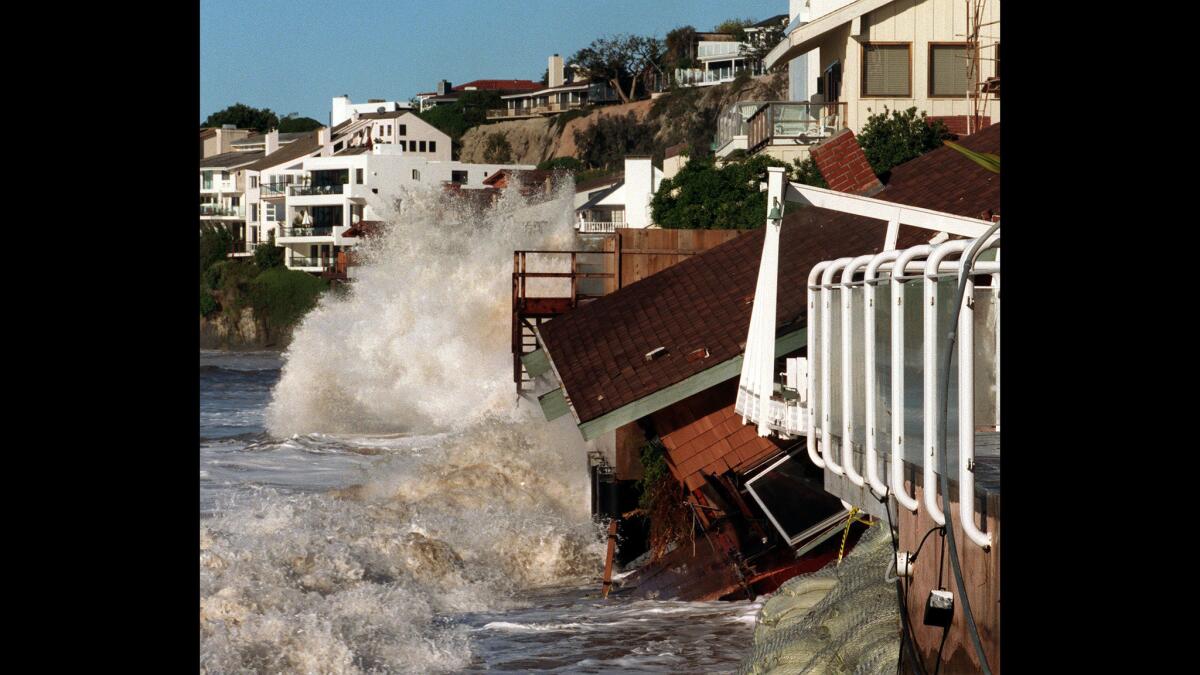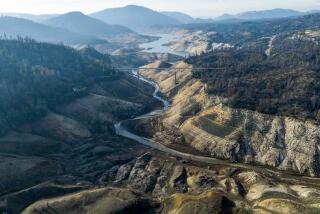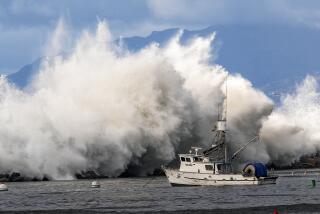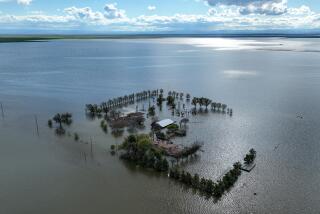A huge El Niño could devastate Southern California

Waves crash into homes along Broad Beach in Malibu .
It started in October 1997 in Mexico, when a hurricane fueled by El Niño slammed into Acapulco, causing massive flooding and hundreds of deaths.
A few weeks later, storms started hitting Southern California. Then in December, the skies opened up in Orange County in what meteorologists described as the biggest rainstorm in a century. More than seven inches fell in parts of south Orange County in one day. Mobile home parks in Huntington Beach flooded, forcing rescuers to use inflatable boats and a catamaran to rescue residents. Mudslides destroyed hillside homes. Neighborhoods flooded. Major roads were made impassable by debris.
And that was just the beginning. Over the next few months, a series of powerful storms caused havoc, washing away roads and railroad tracks, overflowing flood control channels, causing 17 deaths and more than half a billion dollars in damage in California. The toll was far worse in Mexico, where Tijuana and other cities faced crippling flooding.
The importance of the El Niño storm of 1997-98 is now coming into focus as scientists say the weather pattern is returning to Southern California with a vengeance.
The strengthening El Niño in the Pacific Ocean has the potential to become one of the most powerful on record, as warming ocean waters surge toward the Americas, setting up a pattern that could bring once-in-a-generation storms this winter to drought-parched California.
The National Weather Service’s Climate Prediction Center said Thursday that all computer models are now predicting a strong El Niño to peak in the late fall or early winter. A host of observations have led scientists to conclude that “collectively, these atmospheric and oceanic features reflect a significant and strengthening El Niño.”
“This definitely has the potential of being the Godzilla El Niño,” said Bill Patzert, a climatologist with NASA’s Jet Propulsion Laboratory in La Cañada Flintridge.
The forecast is expected to heighten planning for potential flooding this winter.
Los Angeles County flood control officials are beginning to plan for the worst.
Officials say they’ll have tens of thousands of catch basins cleaned out to hold mud, rocks and other debris that might spill out from saturated hillsides.
During the last El Niño, some residents living in flood-prone areas attempted to boost their flood insurance before the storms came.
The 1997-98 storms exposed weaknesses in the region’s flood control systems, some of what officials have been trying to address in the last two decades.
Patzert said El Niño’s signal in the ocean “right now is stronger than it was in 1997,” the summer in which the most powerful El Niño on record developed.
“Everything now is going to the right way for El Niño,” Patzert said. “If this lives up to its potential, this thing can bring a lot of floods, mudslides and mayhem.”
Previous storms have shown vulnerability in the region’s flood control system.
In 1980, rains caused the lower end of the L.A. River -- roughly from Vernon to Long Beach -- to reach its flood control capacity. The Army Corps of Engineers discovered that some of the most vulnerable portions of the river were protected only against much smaller storm and flood events -- the kind that could strike the region every 25 years.
The levees were raised by as much as 8 feet and the level of protection was increased so that the river could withstand the kind of flooding that could occur every 133 years. Construction of culverts was among the improvements that followed flooding in 1992.
More recently, improvements were made in Orange County and the Inland Empire by widening Santa Ana River channels and raising the Prado Dam.
Times Staff Writer Shelby Grad contributed to this report.
Hoy: Léa esta historia en español
MORE ON EL NINO:
Another El Niño sign: Ocean temps hit highest level of the year
As El Nino grows, drought-stricken California braces for wild winter weather
It’s critical El Niño hits Northern California. Why experts are growing optimistic.
More to Read
Sign up for Essential California
The most important California stories and recommendations in your inbox every morning.
You may occasionally receive promotional content from the Los Angeles Times.












